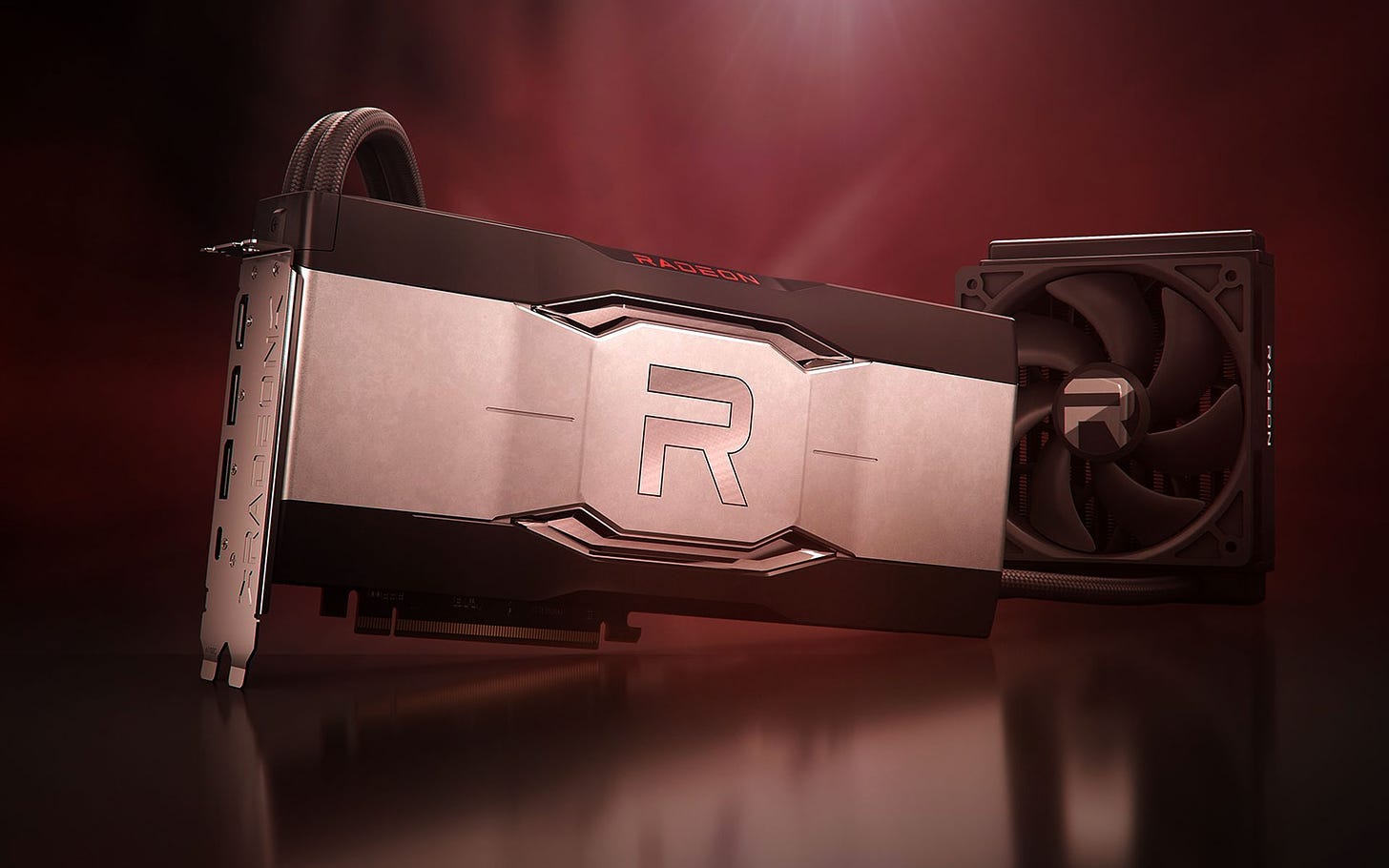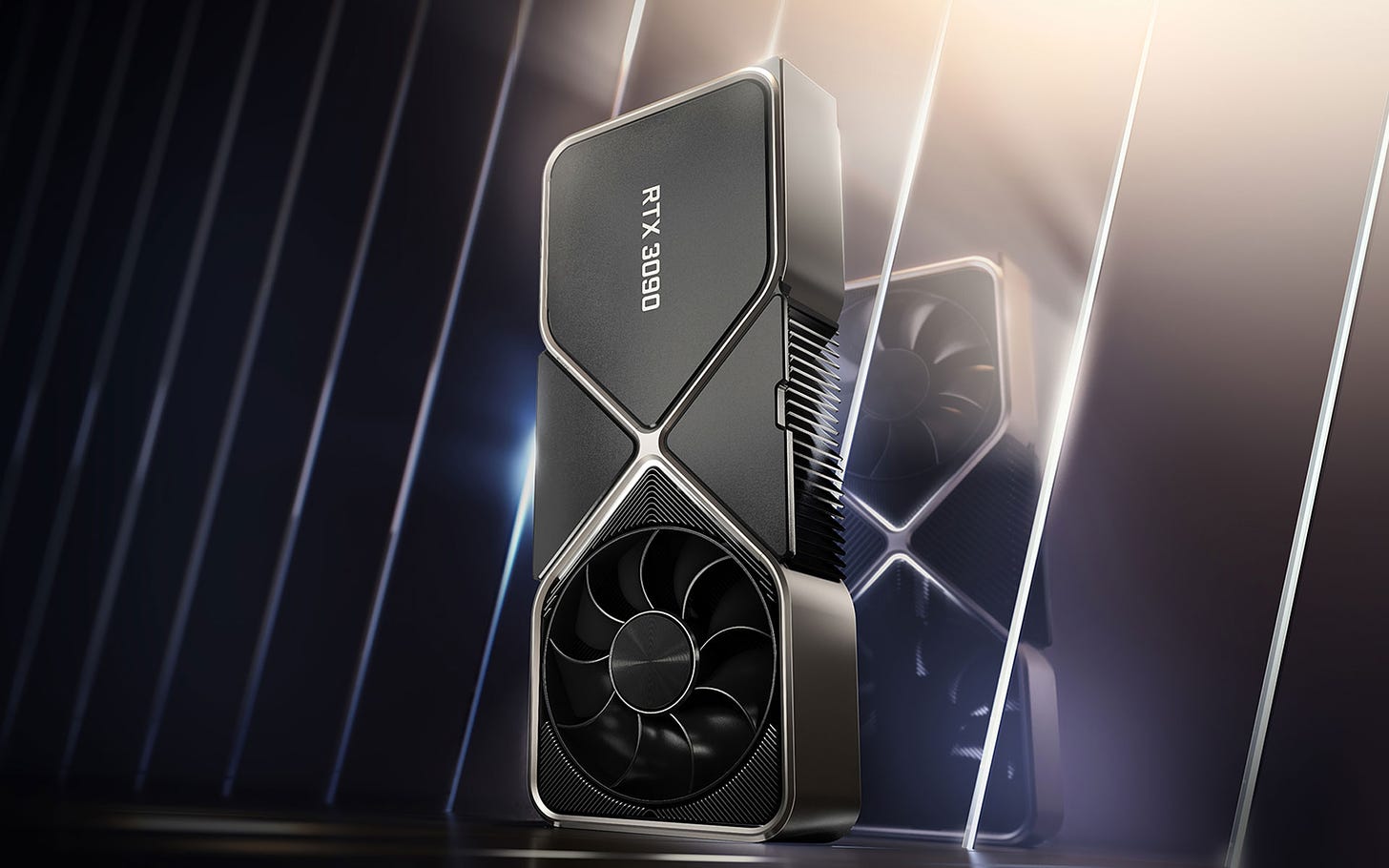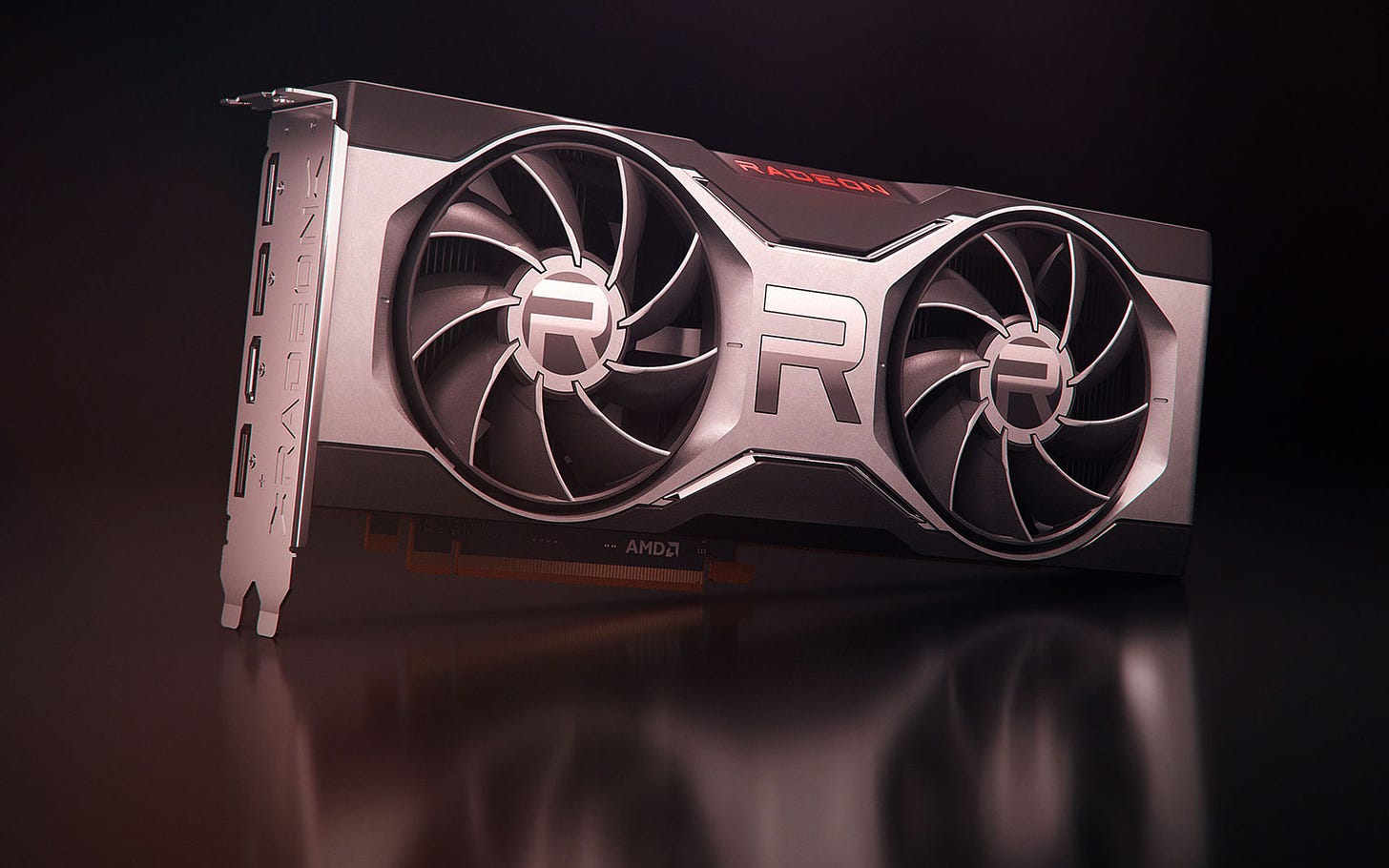And Now for the Spring 2022 GPU Question: Buy Or Wait?
Current graphics cards are finally getting cheaper, but should every type of consumer purchase one now?

It took way more than a year — yes, it’s been that long already — but it’s finally happening: after a literally unprecedented period of PC graphics cards being widely unavailable and only sold at criminally inflated prices, some sense of normality is gradually returning. Several media outlets and retailers — mainly from Europe but from other places too — confirm that many of the GPUs people were unable to find at all are now easier to purchase at prices “just” 20%-25% higher than the officially suggested ones. For products that used to be sold either to cryptominers or at prices 300% above their RRP, their current cost is now much easier to justify.
The question is, does it make sense to get a new graphics card in spring 2022?
Paying full price for two-year-old tech? Why?
It’s worth questioning whether it makes sense to get a new graphics card now because of three factors: timing, pricing and future launches. To people who have to get a GPU today for whatever reason — it’s absolutely needed for work, for instance — this story will not be of much use: it’s nice that they won’t pay through the nose anymore to get a good model, but if they are forced to choose among the GPUs readily available anyway, then that’s what they’ll do. This is a question for people who managed to wait it out during the last 18 months and are now tempted to finally pull the trigger. Is it smart to do so?

It would be easy to just answer “No!” and be done with it but, in truth, it’s a bit more complicated than that. First of all, it does not seem like a good idea to pay even a cent above RRP for the graphics cards available right now, let alone 20%-25% more, for one obvious reason: these GPUs are 2-year-old tech. If nothing else, consumers should have been able to buy these graphics cards for less or much less than the price attached to them since autumn 2020.
The fact that this is not possible right now may be offputting to some in and of itself, which is perfectly understandable. Those consumers will probably not be getting these GPUs at all: if they managed to wait this long, they surely can wait some more, no?
Every choice is hard when the timing is bad
Then there’s the matter of bad timing to consider. Most of the truly capable graphics cards available right now will be succeeded by the next generation of GPUs that nVidia and AMD will be releasing during the next 3-5 months.

The GeForce RTX 4000 series and Radeon RX 7000 series promise to be much more capable than the best current RTX 3000 and RX 6000 GPU models, making use of not just more powerful processors but also promising new tech such as PCIe 5.0. As is usually the case, both nVidia and AMD are expected to kick off this new generation of graphics cards with a couple of models near or at the top of their respective lines, with mid-tier and entry-level ones following in 2023.
Early adopters and consumers willing to put down serious money for a high-end graphics card will probably want to get these next-generation GPUs coming in a few months. So it makes no sense for those people to buy an RTX 3070 (or greater) or an RX 6700 (or greater) now. Even if these new graphics cards will likely not be as widely available as consumers would like, it should still be possible to get one if preordered. So putting down e.g. $1000 or $1500 for a top-tier current graphics card, when decidedly more capable ones will be asking for the same kind of money in the autumn, just makes no sense even to people who can afford to do that. Nobody likes wasting money, right?
Taking advantage of the domino effect… maybe?
Based on the above, then, purchasing an expensive, powerful graphics card of the current GeForce or Radeon generations would be a bad investment. If not that, then a short-lived one. The same facts and patterns, though, lead to a different conclusion when talking about entry-level or mid-tier graphics cards. These (a) do not cost as much and (b) they will not be replaced by their next-generation counterparts any time soon (it will take a year from now at the very least). So people who can make do with a less powerful GPU can now consider getting one: they would not put down the kind of money the first next-generation graphics cards will be asking anyway, so there’s no point in playing the waiting game for the next few months.

But wait! Even then, there’s something else to consider: the domino effect. When nVidia and AMD release their next GeForce and Radeon graphics cards, the most powerful current ones will no longer be the best available. Their prices (both RRP and second-hand) will inevitably come down and, if history is any indication, they will affect the pricing of the models that sit further down in nVidia’s and AMD’s lineups. So entry-level and mid-tier graphics cards will be cheaper to buy too. The only problem: there’s no specific timeframe within which this reduction in pricing will happen. It might be a few days, a few weeks or even a couple of months, depending on available stock — which may mean, yes, even more waiting.
The domino effect caused by the new graphics cards nVidia and AMD will be launching will also be bringing down the price of all current graphics cards. That could make the currently expensive ones attractive to people who do not necessarily have to own the latest and greatest in PC tech.
So… where does the current GPU situation leave consumers? In a rather uncomfortable place, that’s where. So, right now, most people would probably be better off not making any graphics card purchase. At all. Excluding those consumers that absolutely need to get one today, everyone else should resist the urge. Chances are that people who have waited this long can wait a bit more, while those who caved in and bought an overpriced GPU at some point during the last 18 months will probably not do so again any time soon. It’s only fair to leave those manufacturers — who made it impossible to get a decent GPU for so long — hanging for a while, no?


